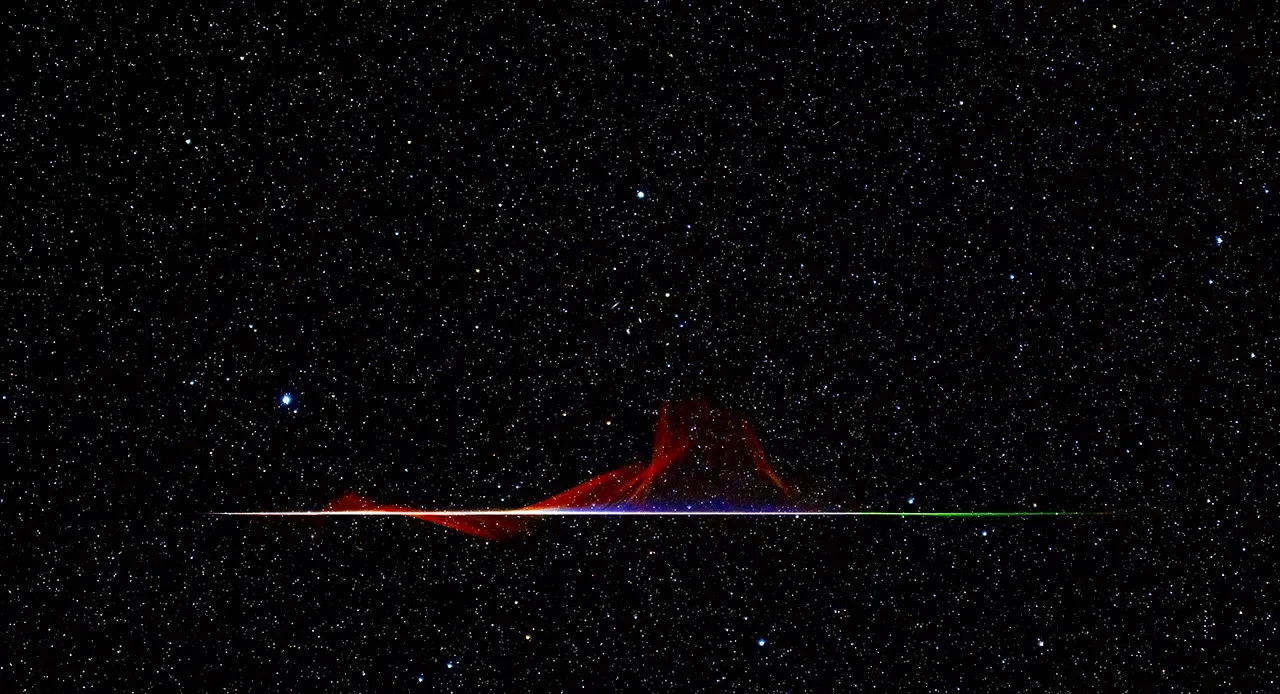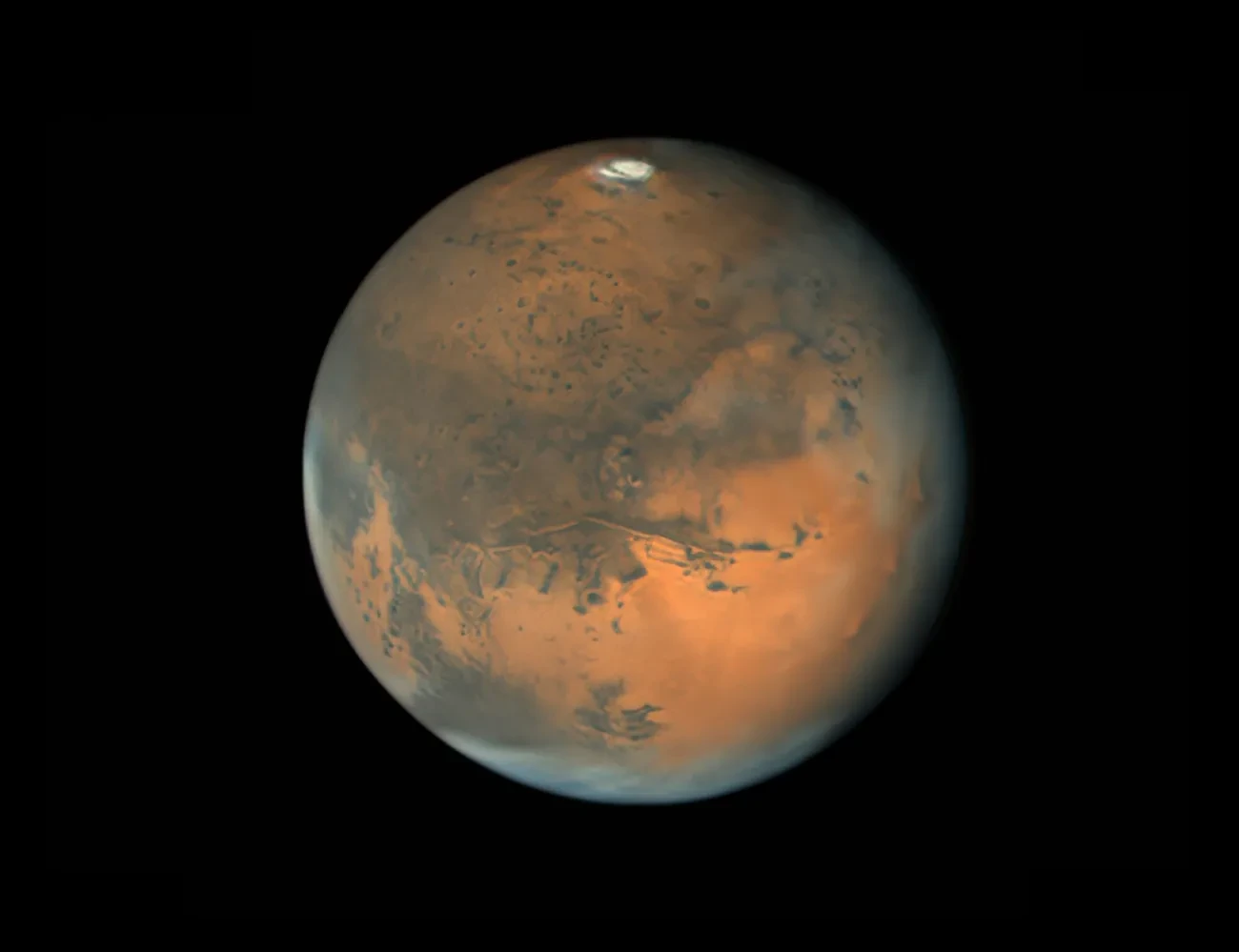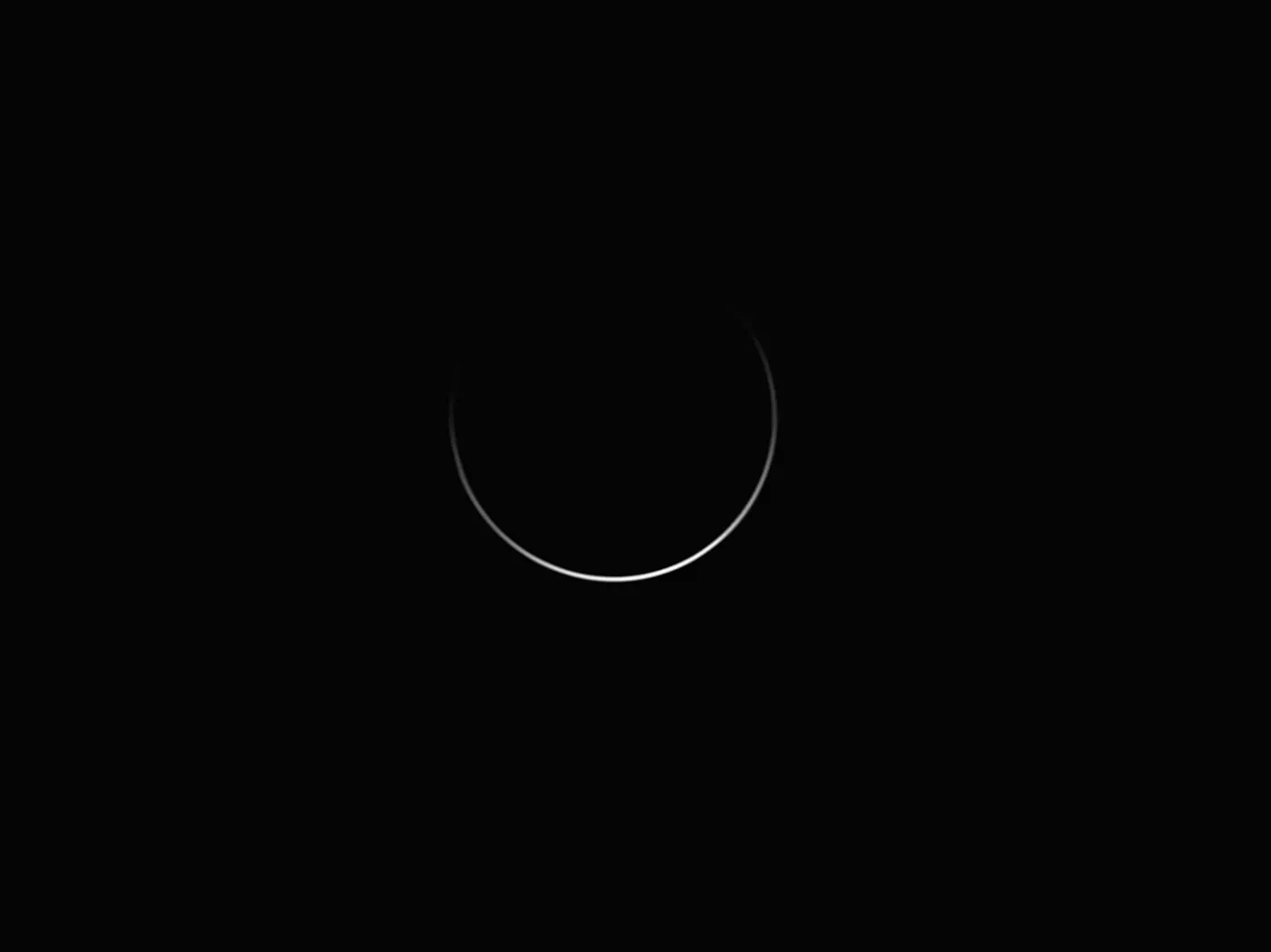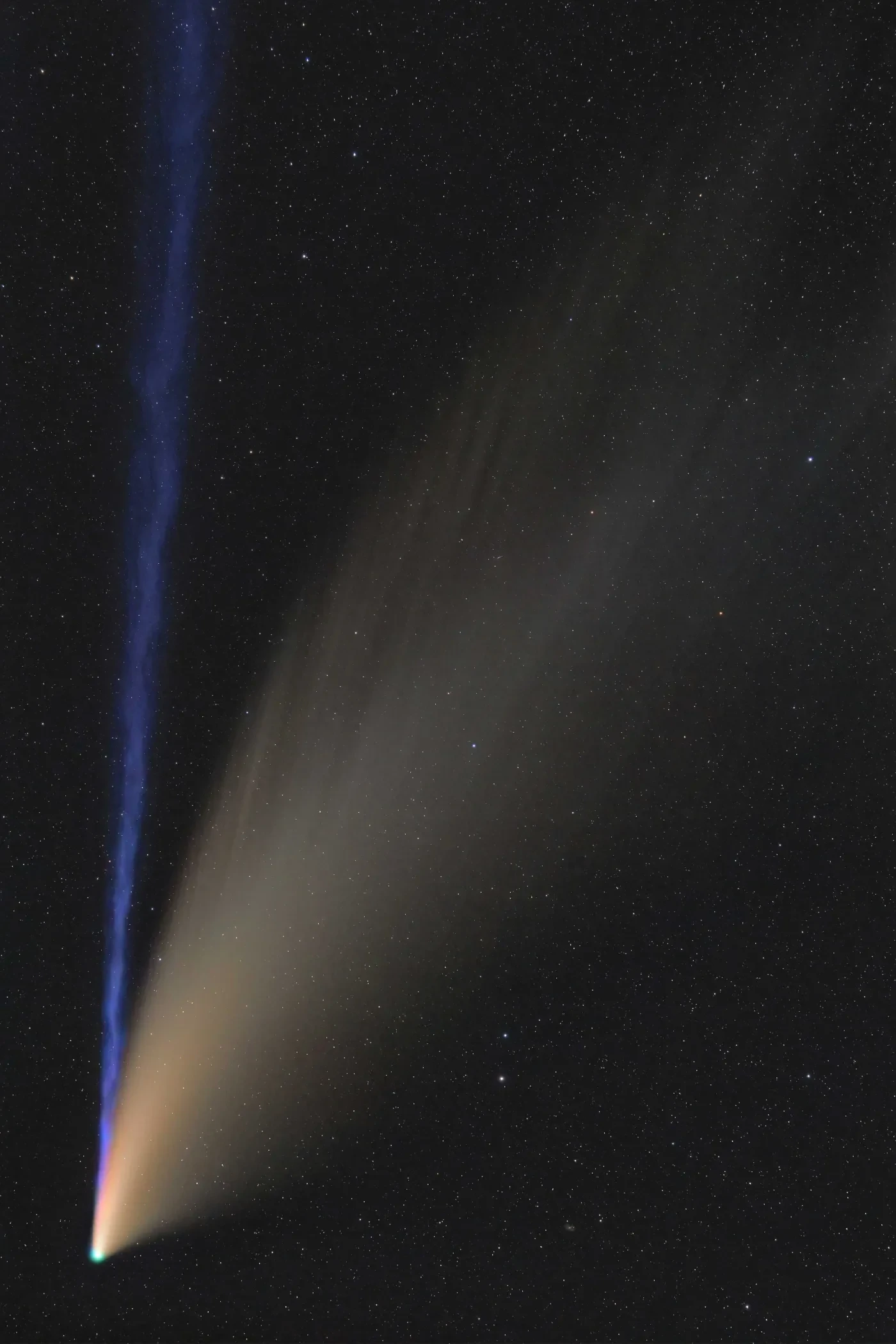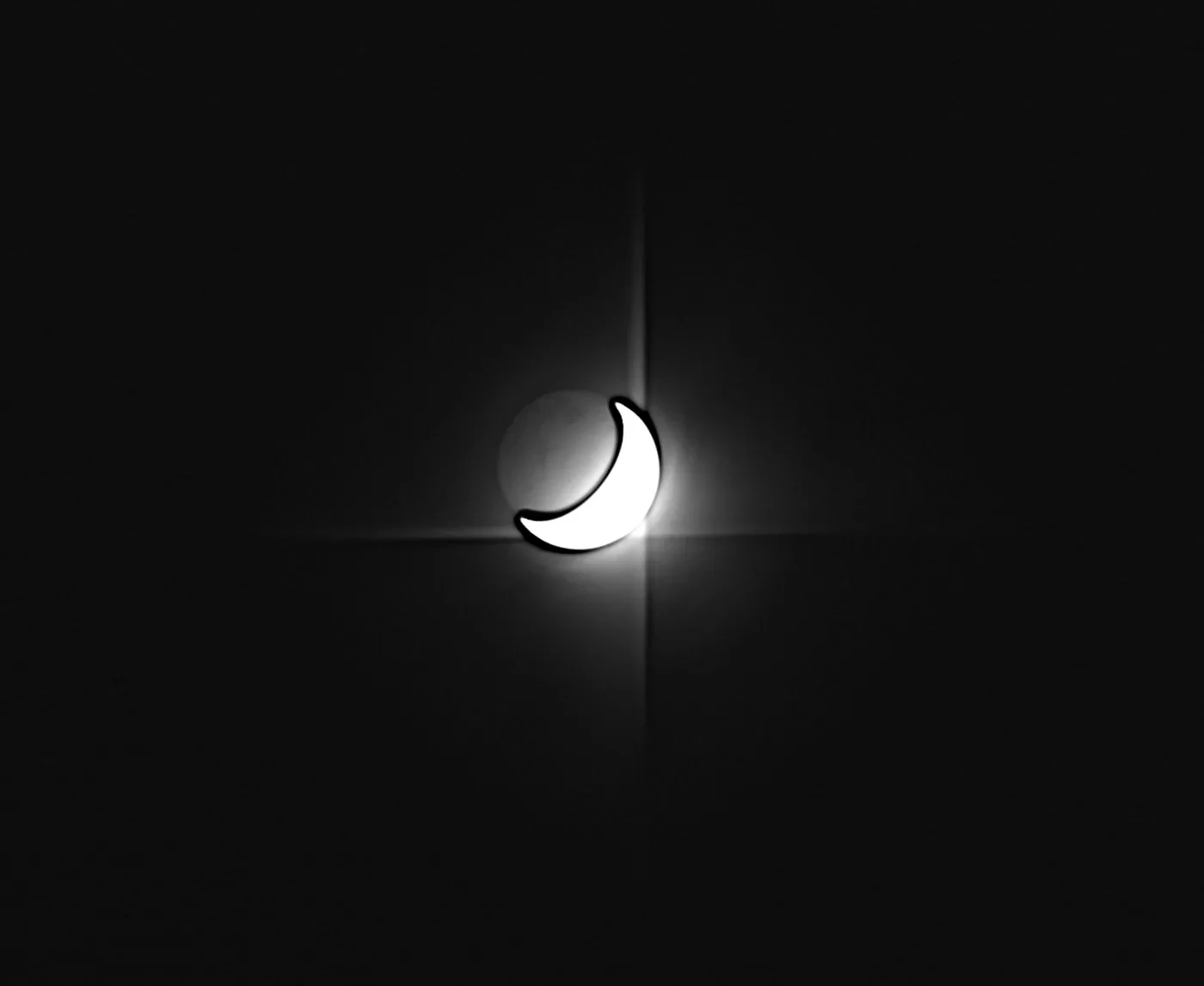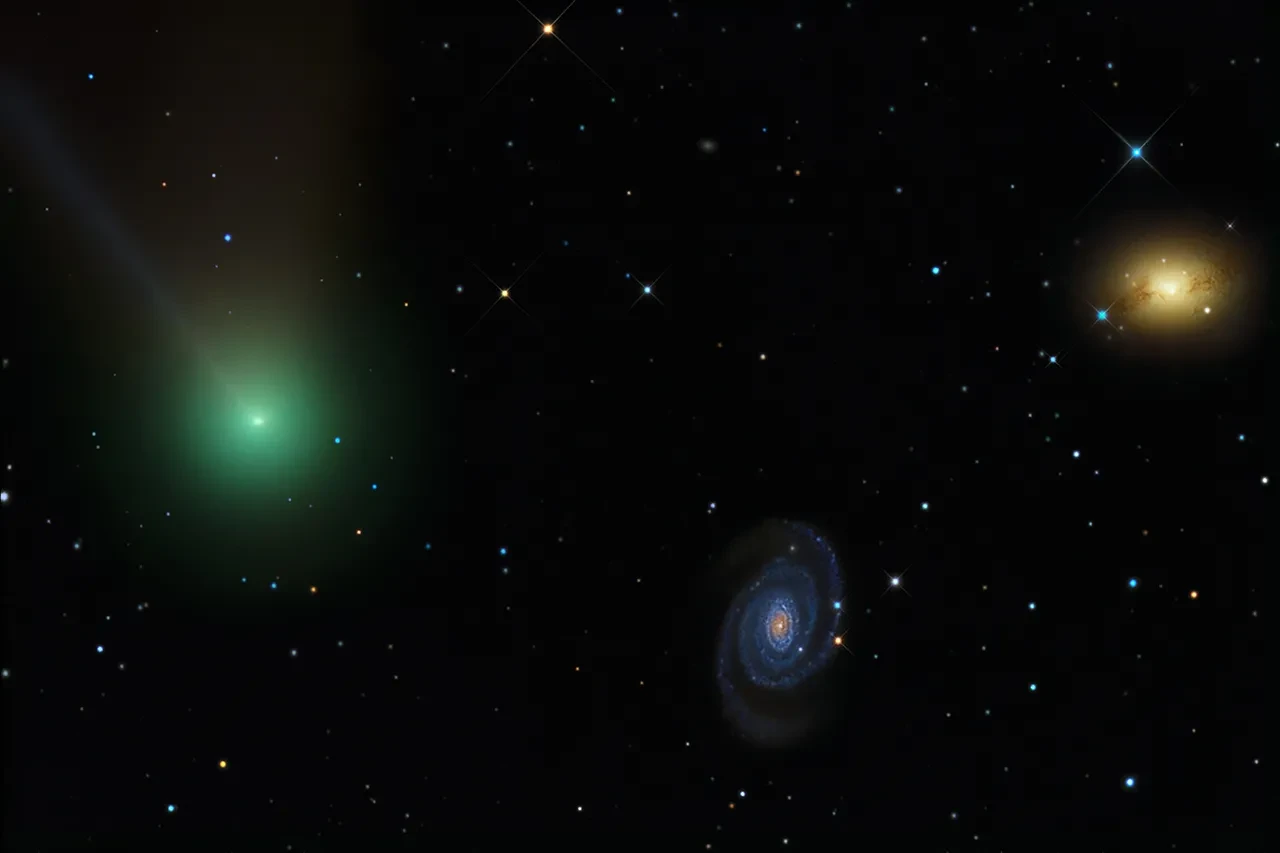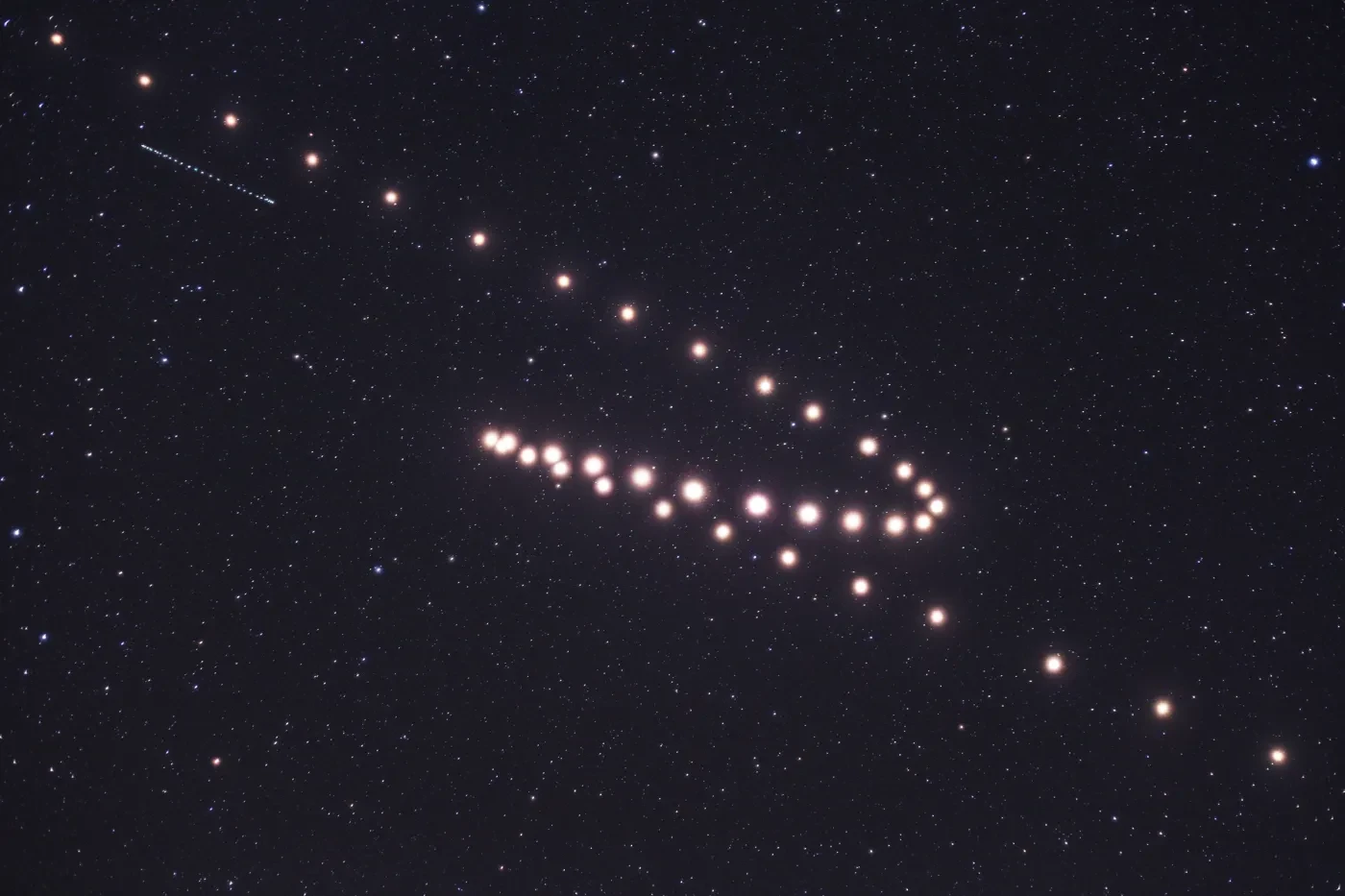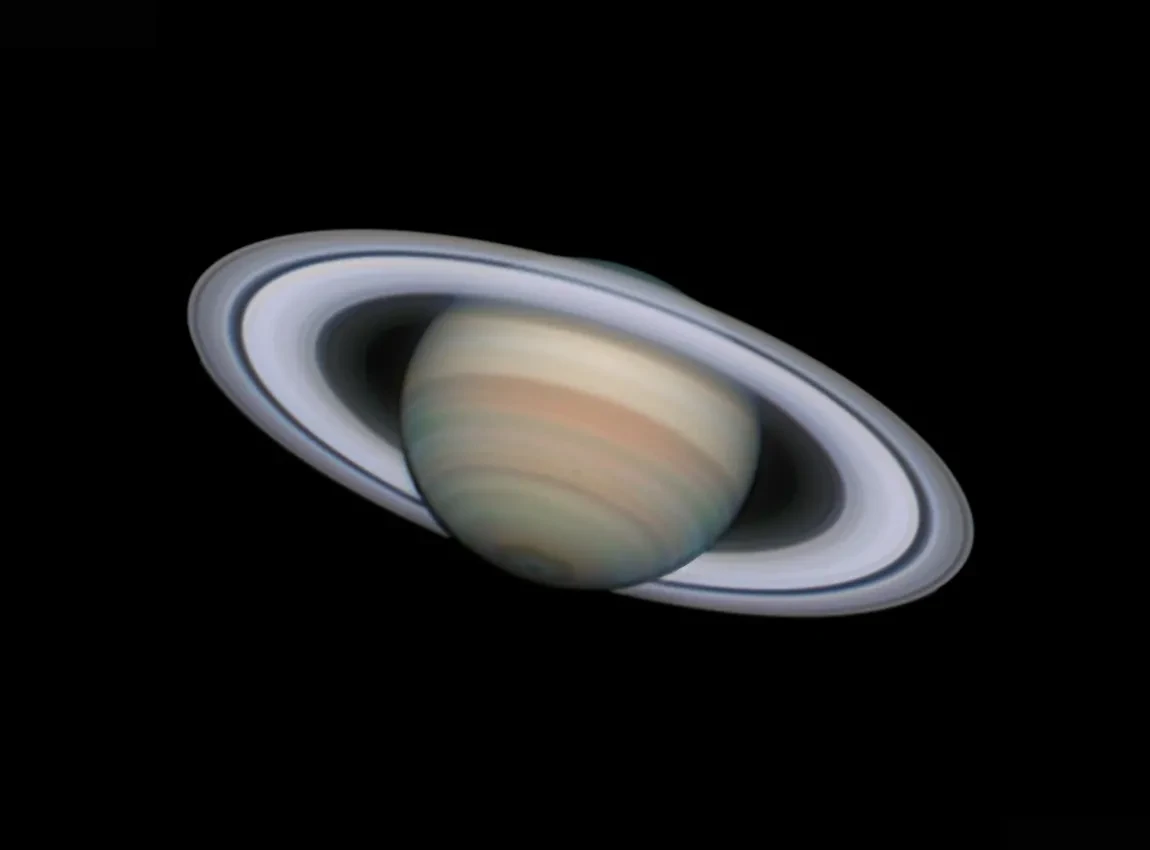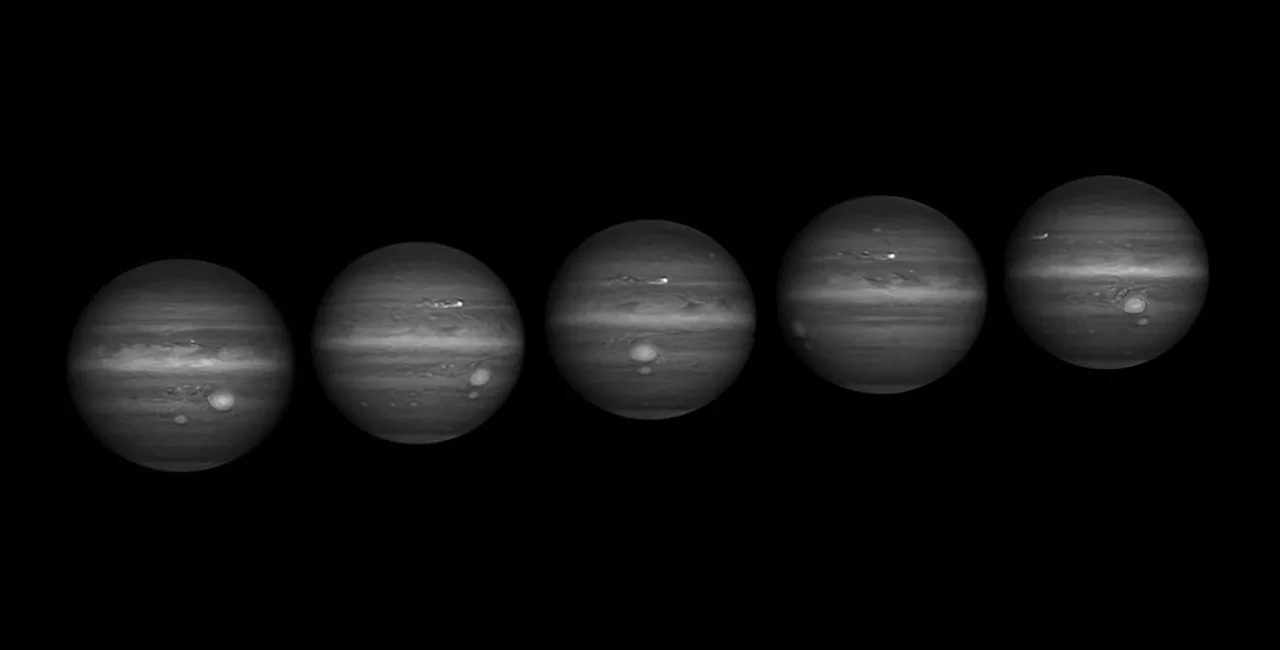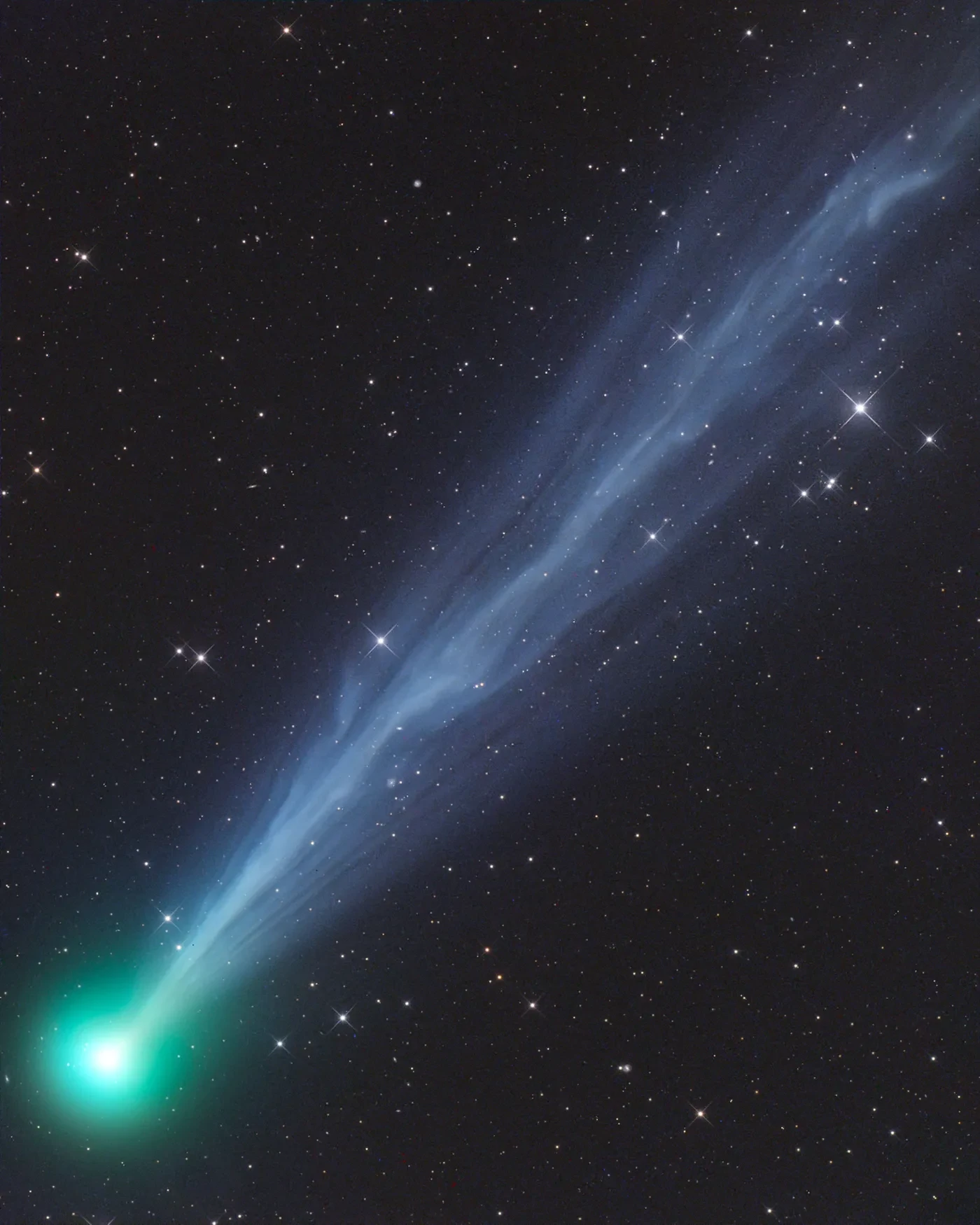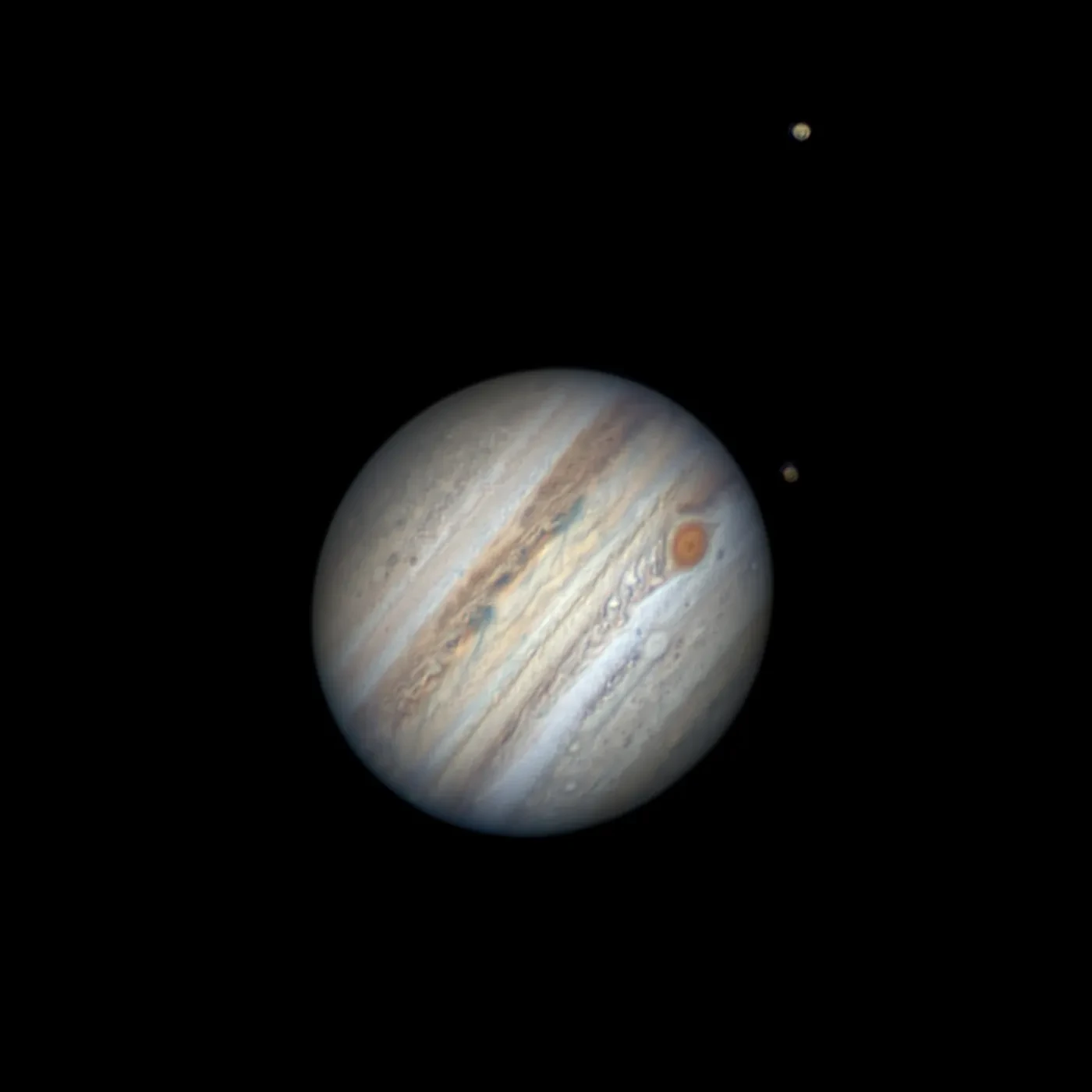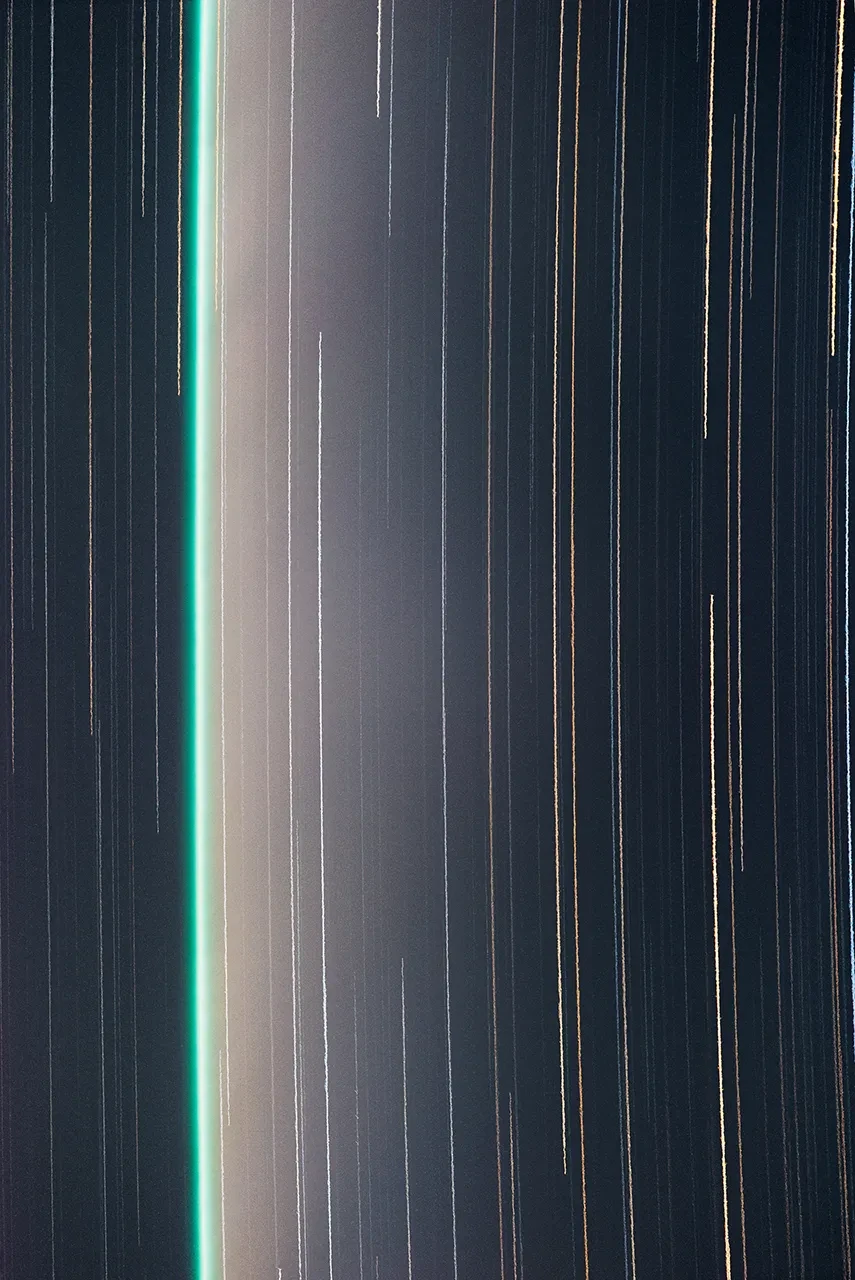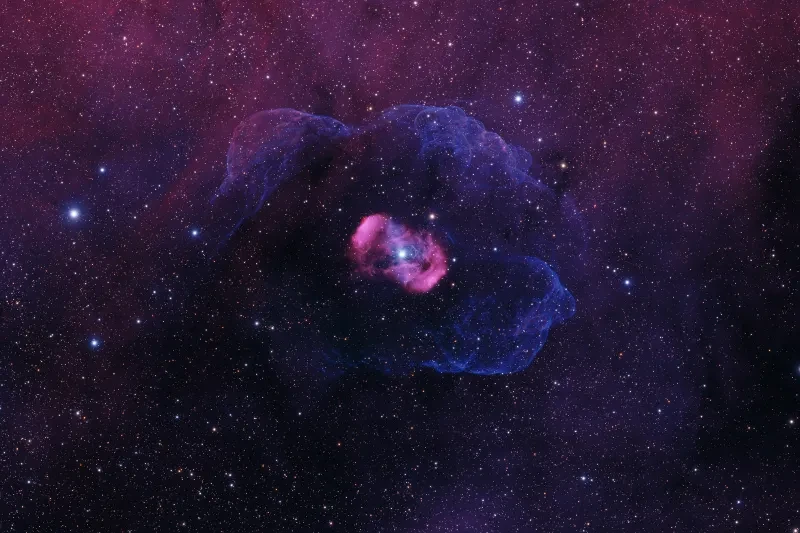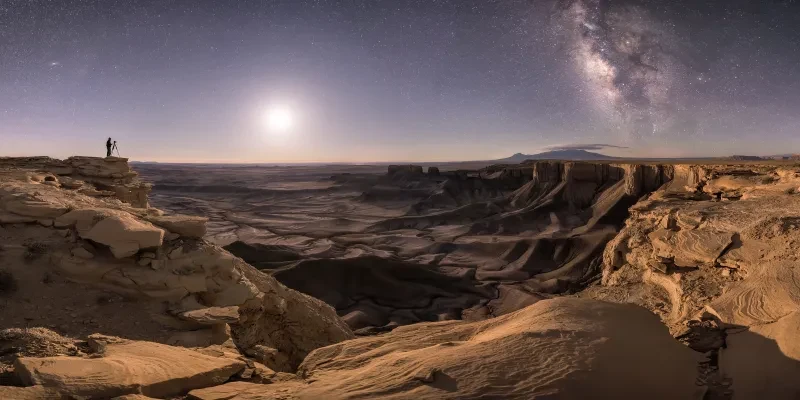When looking out into the night sky, it is easy to forget that not all the points of light we can see are distant stars.
Where far-off stars stay in apparently fixed positions, planets, comets and asteroids move from night to night.
It's only because of this relatively fast movement that our ancestors realised these were their own distinct types of objects at all – though this does make capturing images like those you can find in this category more difficult.
It takes a lot of patience, as well as knowledge of where your chosen object will be, to successfully capture these subjects.
Find out more about the winning and shortlisted images below.
The winning image
A colourful quadrantid meteor by Frank Kuszaj
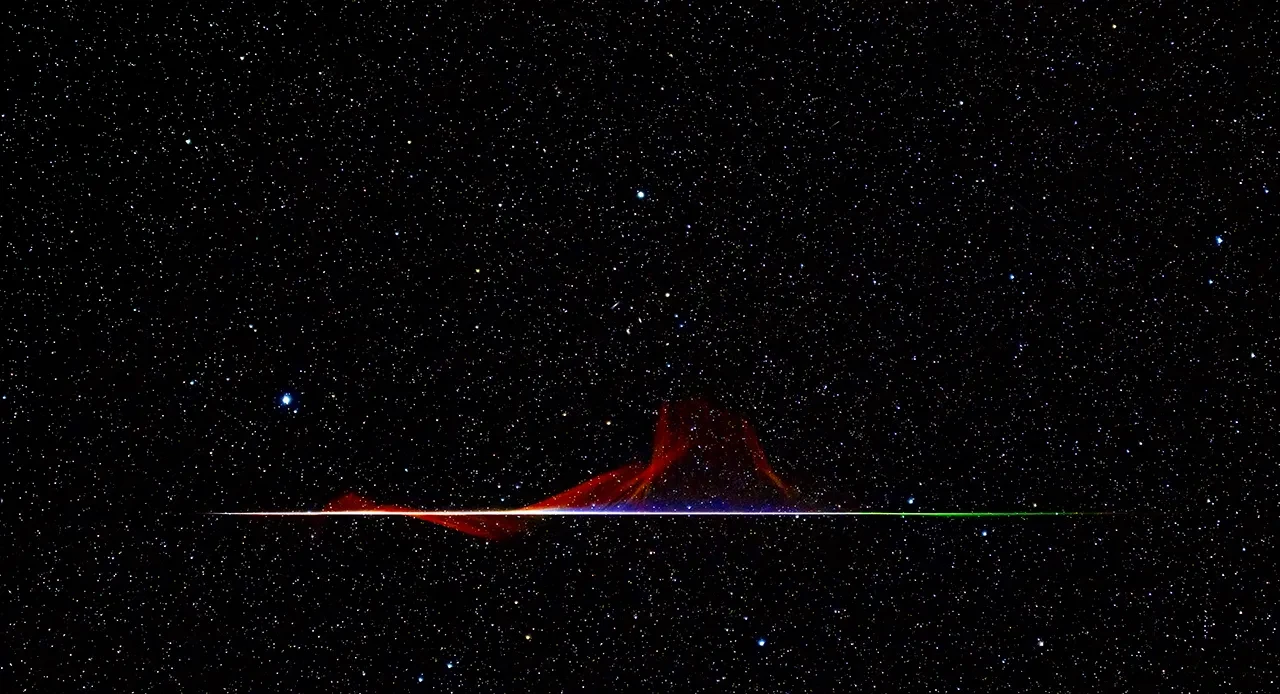
"I was shooting with two other friends on a cold January evening," photographer Frank recalls.
"We weren’t planning to capture meteors but distant galaxies and nebulas. I had set up my camera to shoot the Leo Triplet galaxies when we saw a bright green meteor burning right before our eyes as it tore through Earth’s atmosphere. We were all in awe of witnessing a fireball meteor.
"After we caught our breath, my friend said to me, ‘Wasn’t your camera pointing in that direction?’ It was, but I thought there was no way I could have caught it as I had zoomed all the way in with my lens. I checked my camera and there it was – perfectly framed. I had made a mistake and my lens actually wasn’t zoomed in, making the perfect composition for the meteor! My simple mistake made for a happy accident. It was a magical experience."
Equipment used: Sony a7R III camera, SkyWatcher Star Adventurer star tracker, 70 mm f/2.8 lens, ISO 3200, 1-minute exposure
A unique image of a colourful meteor. No doubt this is one of the luckiest captures out there, but at the same time there is an absolutely amazing and inspiring story behind the image. Hard work, some share of luck and great image processing
Yuri Beletsky, competition judge
Runner-up
Perseverance by Damian Peach
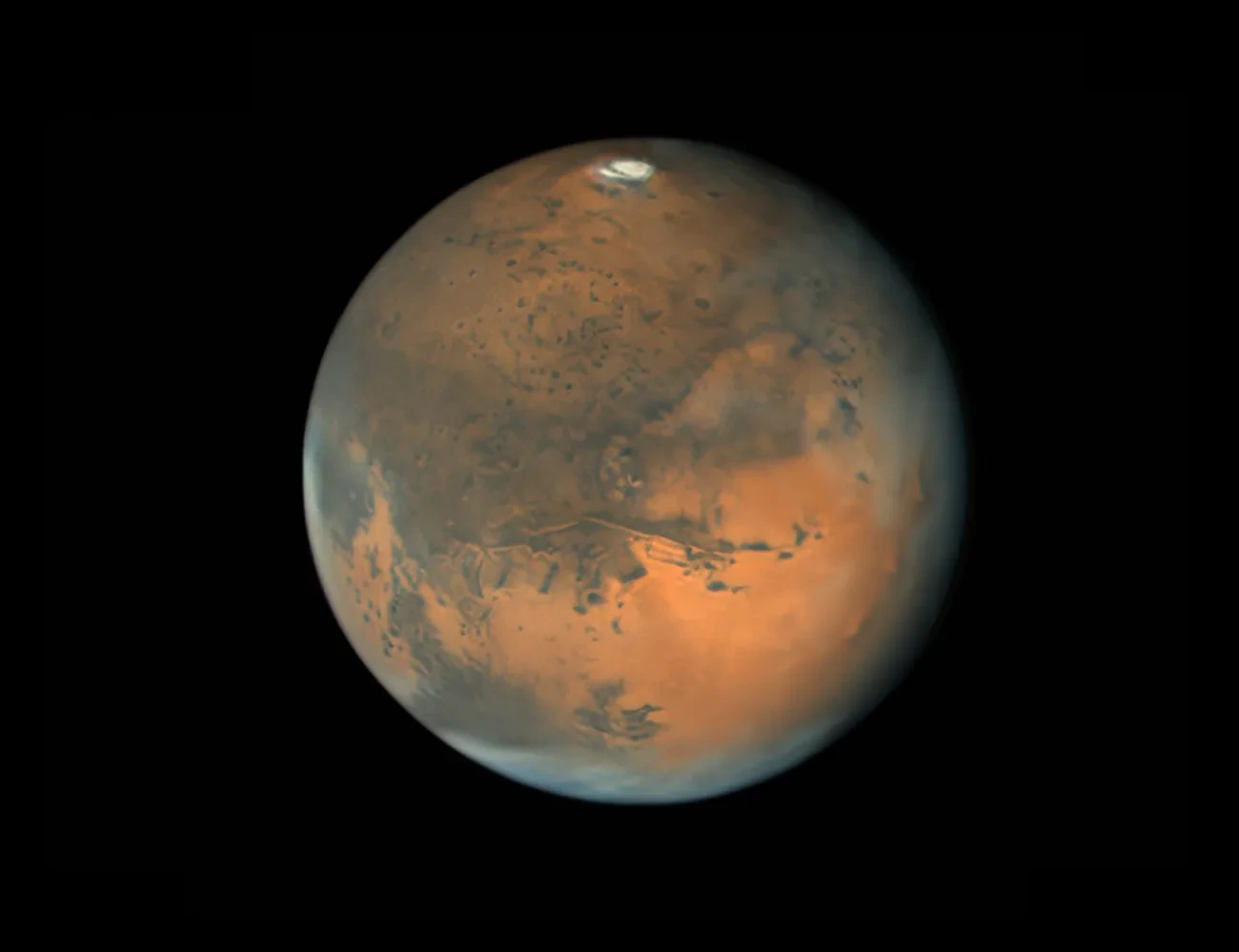
"This view of Mars is the best result of the 2020 Mars season which entailed more than a hundred nights of observations to catch the exceptional conditions that allowed for the image here," says Damian.
"I chose the image title to commemorate not only the recent landing of the Perseverance rover but also as it reflects the very quality that was required to achieve this result."
One of the best ground-based Mars images of all time made by an amateur astrophotographer
László Francsics, competition judge
Highly commended
3° from the Sun - The Horn Extensions of Venus by Martin Lewis
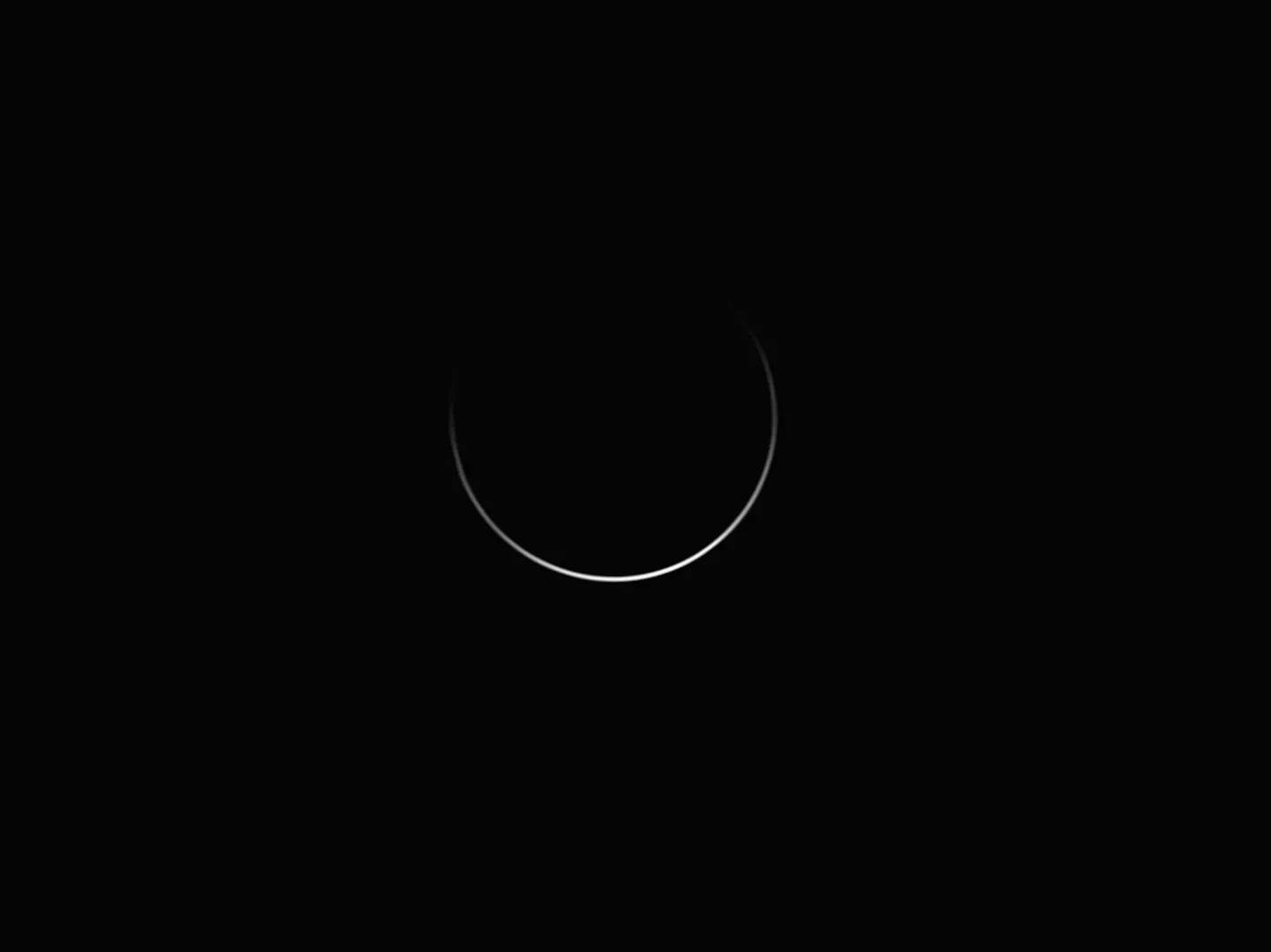
Just like the Moon, all of the planets display a progression of phases as their position, and the Earth's, changes during their orbits around the Sun.
One of several things that helps set the phases of Venus apart is the presence of a thick atmosphere. Just like clouds after a sunset on Earth, they can remain illuminated even when the ground below has fallen into darkness.
Instead of a crescent phase that ends at the poles as we see with the Moon, Venus's backlit clouds extend the light far around the planet's circumference, giving this unique 'horned' shape.
This picture of Venus took my breath away. I was drawn to the contrast between darkness and light. The extended crescent resembles our Moon and yet is different, evoking a sense of familiarity and otherworldliness at the same time
Imad Ahmed, competition judge
See the full shortlist
Explore all the photographs in the Planets, Comets and Asteroids category
